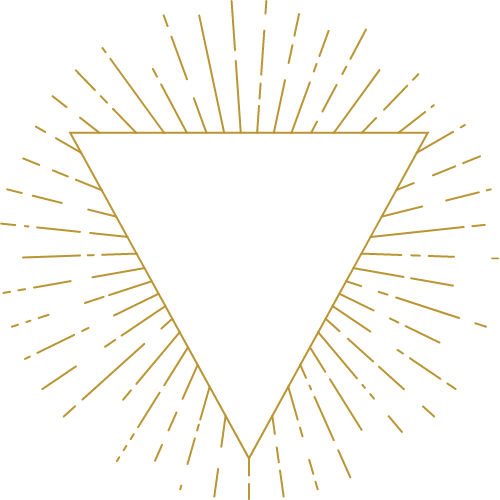The journey of making positive changes in lives and communities is a noble but often strenuous endeavor. The strain of this commitment can manifest as stress-related conditions over time. Meditation has been scientifically validated as an effective tool to combat stress, reduce inflammation, lower blood pressure, enhance cognition, boost decision-making skills, and promote tranquility. Despite these numerous benefits, many individuals hesitate to explore this avenue. The most common query I encounter is, “How do I meditate?” More specifically, people wonder how to meditate without external guidance and without having to achieve an utterly thoughtless state.

Elevate Self-Awareness
Contrary to popular belief, the purpose of meditation is not to purge your mind of all thoughts or to challenge your belief system. Rather, its aim, if it can be said to have one, is to elevate your awareness. It is this heightened consciousness that acts upon your mind, leading to the range of benefits associated with meditation.
A Simple Method
Wondering how to meditate? It can be as simple as counting your breaths with your fingers. Firstly, let go of the anxiety about thinking. You cannot start a calming process by fostering worry. Once you reconcile with the fact that it’s okay to have thoughts, you can proceed with these steps:
- Sit cross-legged on the floor or on a comfortable chair. If you’re in a chair, it’s perfectly fine for your feet to touch the ground.
- Lift your chin and align the back of your head with your spine. You can use a pillow behind your head, neck, or back for added comfort.
- Rest the backs of your hands on your thighs, palms facing up.
- Take three deep, cleansing breaths, letting go of tension as you exhale and lower your shoulders. Close your eyes after the third breath.
- Now, begin to count your breaths on your fingertips. For your first inhale, touch your left thumb to your left index finger, then fully exhale. On the next inhale, touch your left thumb to your left middle finger, then fully exhale. Continue this pattern until you have touched all the fingers on your left hand, then repeat with your right hand.
- If you find your thoughts intruding during this process, simply note the interruption, let the thought pass without judgment, and redirect your focus to your fingertips and breath.
Completing this sequence equates to about a minute of meditation. If you’re new to meditation, start with one cycle per day for at least three times a week, preferably daily. Gradually increase to two cycles in the following week and continue this pattern until you reach ten cycles. There’s no need to exceed ten cycles; by that point, you will be comfortably meditating!
It is indeed that simple. While meditation apps and YouTube videos can be helpful, all you truly need for this practice are your breath and fingers. You’ll likely notice an increase in calmness, clarity of thought, and physical relaxation within the first few weeks. What’s more, you’ll find that you no longer need to worry about not thinking!
Start By Practicing Now
As you tirelessly work to enhance the wellbeing of others, don’t neglect your own self-care. Embrace meditation for the myriad benefits it offers, which will enable you to be more present and conscious for the communities you serve. Remember, all you need are your fingers and your breath!

Recent Comments